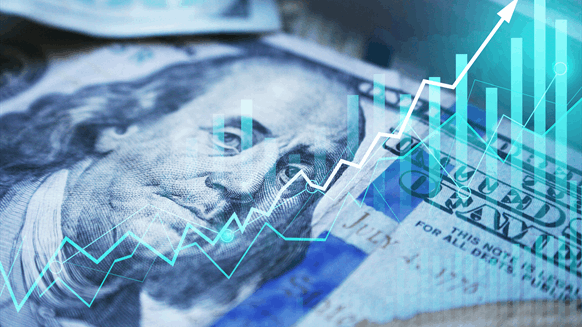Exxon Mobil Corp. is creating a global trading division to compete more aggressively with BP Plc and Shell Plc in the world of high-risk, high-reward energy derivatives.
The new division will bring together Exxon’s crude, natural gas, energy and petroleum products boards, the company said in an email to employees that was seen by Bloomberg. It is part of a wider corporate reorganization that will also establish a global business center to manage finance and procurement, and a new supply chain unit.
Global Trading, which will be formed later this year, will focus on “driving trading intensity and ultimately delivering industry-leading trading results,” according to the email sent Thursday. Specific details, such as hiring targets and capital commitments, were not disclosed.
Exxon shares rose as much as 1.8% on a day when benchmark crude futures fell and two-thirds of oil and gas companies in the S&P 500 index fell.
Historically, Exxon has avoided speculative trading, preferring to focus on the production of oil, gas, motor fuels and chemicals. The company, which has used derivatives sparingly relative to European rivals, could one day become a major competitor to commodity traders such as Glencore Plc, Trafigura Group and Vitol Group. The move comes after a three-year internal reorganization under chief executive Darren Woods.
The oil titan has several advantages over more established traders, despite being a relative newcomer. Exxon has an unmatched global footprint of refineries, pipelines, vessels and storage terminals, giving it unique insight into supply flows and demand trends. It’s also flush with cash after posting record annual profits of $59 billion.
“We want simpler processes and more modern tools that allow us to work faster and with less frustration, at a lower cost,” Exxon said in the email. “We want a company that operates at scale, leveraging our integrated business model in everything it does.”
The changes will not involve workforce reductions, the company said. CFO Kathy Mikells and boss Liam Mallon planned to hold a staff forum to discuss the initiatives on Thursday. The company is three-quarters of the way to its goal of $9 billion in annual cost savings, compared with 2019 levels, Woods said on Jan. 31.
The potential rewards of venturing into trading are enormous. Trafigura, for example, made a record profit of $7 billion in the most recent financial year, more than the previous four years combined. Shell said last week that trading was a key driver of its better-than-expected fourth-quarter performance.
Exxon first fell in 2018, but took a cautious approach, gradually hiring traders and building systems focused on natural hedges around its operations rather than speculative bets. During the pandemic, the company pulled back, reducing the capital available to traders at a time of extreme market volatility that offered massive profits to rival oil companies.
Rising commodity demand in 2021 coupled with supply disruptions following Russia’s invasion of Ukraine last year have continued to boost trade profits. Exxon’s trading operation had its best year in 2022 and has hired traders as recently as this year.
When Exxon released company-wide results last week, it flagged $2.8 billion in gains from derivatives positions “as a result of lower gas prices.” It was not immediately clear whether those paper gains were a reflection of the company’s overall trading performance.


